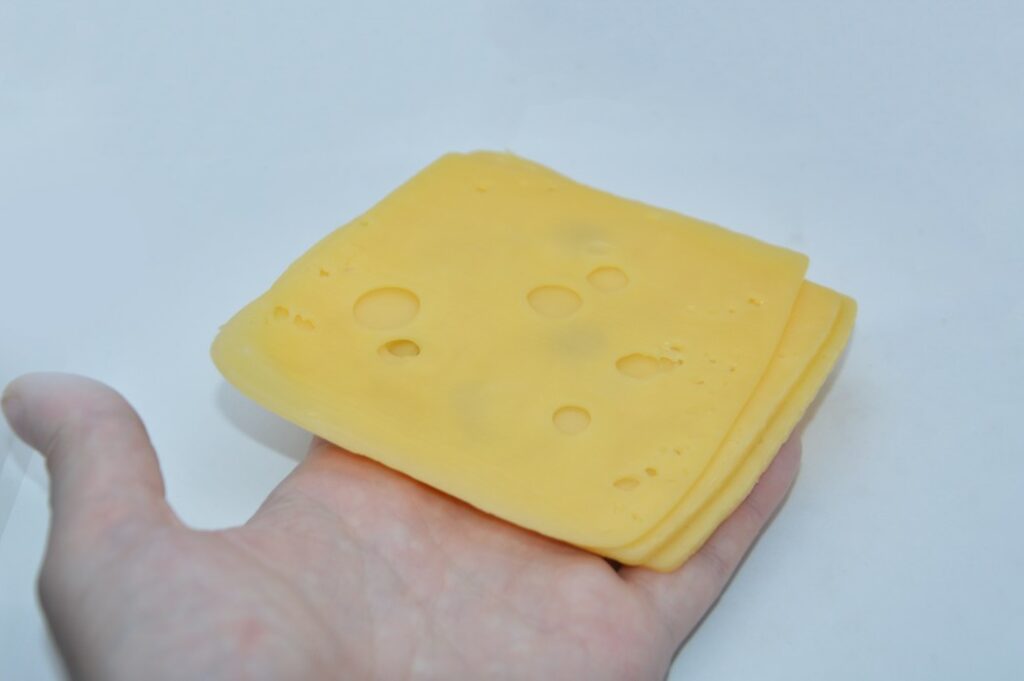INSPECTION OF INHOMOGENEOUS PRODUCTS

Inspection of inhomogeneous products
The advance of process automation and process digitalisation in the spirit of Industry 4.0 is continuous and unstoppable. This increasing degree of automation is invariably accompanied by an increasing demand for fast and reliable inspection methods that enable 100% testing. Increased customer expectations likewise accompany the new technical possibilities in production.
Naturally, efficient, automatic processing and manufacturing of products play special roles in the food products and consumables sector. However, the following always applies, regardless of the market segment: Get the maximum out of your product!
Here we present two examples where this type of mass determination for inhomogeneous products is in use. They give you an idea of the performance capacity of our inspection systems. If these processes are also possibilities for you, then talk to our experts. Together we will develop an optimised concept tailored to your situation.
.
EXAMPLE: FOOD INDUSTRY
Example: Food industry
Cutting industrial products accurately to the gram illustrates the possibilities of X-ray technology: Imagine a large wheel of Swiss cheese that needs to be cut automatically into pieces of the same weight in grams. It is clear that the conventional process (e.g. via optical measurement) cannot offer an adequate solution in this case. Of course, looking at the product exterior, you do not see the holes in the cheese, and uniform cuts inevitable result in significant deviations in the gram weight of the individual slices. This may result in more waste and more complex packaging flows (subsequent re-weighing, labelling, etc.).
On the other hand, suitable X-ray procedures provide the desired information and can precisely calculate and position the cuts so that each packaging unit is optimally portioned.
But there is even more that you can achieve: In addition to foreign object detection, with innovative dual energy processes even fat content and low-fat content of the product can be determined – and that in just one scan!
In addition to cheese, with this new technology, food products with significant density differences can also be analysed, resulting in a significant minimisation of waste:
- High-quality meat and fish products (e.g. rib-eye)
- Products with bone
- Baked goods and pasta with air inclusions
- Vegetarian products (such as tofu or seitan)

EXAMPLE: INDUSTRY


Example: Industry
How can materials of similar density be presented next to each other and yet separated in a single imaging process?
In manufacturing processes, conventional X-ray technology does not effectively detect plastics having different compositions (e.g. polycarbonate PC, polypropylene PP, Teflon, PTFE, etc.).
However, dual energy technology makes it possible to distinguish materials of similar density from each other in the X-ray image, and thus to provide an efficient material selection.
IMS uses innovative X-ray based inspection methods and state-of-art algorithms to ensure increased production efficiency.
Typical applications:
- Sorting processes for differentiation or identification of different materials
- Estimation of the proportion of material content in inline processes
- Extended foreign object detection: Detection of plastics in organic material

